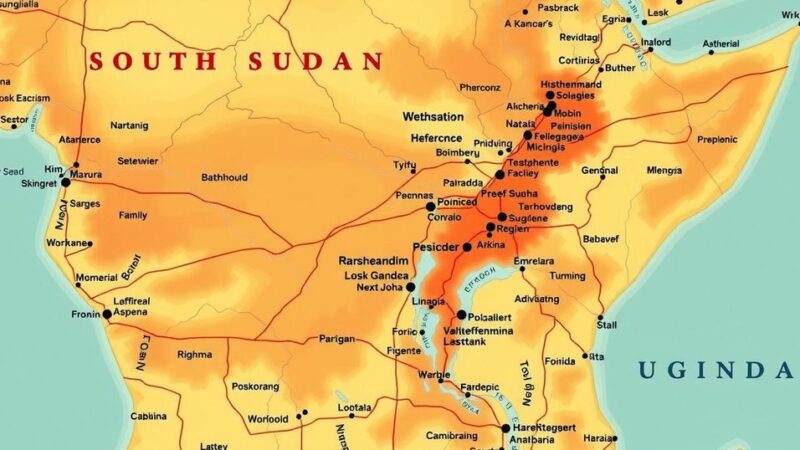A 6.8-magnitude earthquake struck Cuba on November 11, centered in Bartolomé at a depth of 14 kilometers. This followed a series of recent earthquakes in Chile, Peru, Greece, and Hawaii, highlighting a notable pattern of seismic activity across various regions within a short timeframe.
On November 11, a 6.8-magnitude earthquake struck Cuba, according to the United States Geological Survey (USGS). This earthquake was located in Bartolomé and occurred at a depth of 14 kilometers (approximately 8.7 miles). At the time of the report, the USGS had received 117 accounts from individuals who felt the seismic event. This recent earthquake in Cuba follows notable seismic activities in South America, with a 6.2-magnitude earthquake occurring in Chile just two days prior, on November 8. This quake was centered in Cochrane at a depth of 10 kilometers (about 6.2 miles). Furthermore, on November 7, Peru experienced a 5.0-magnitude earthquake near Changuillo, with a depth of 54.8 kilometers (approximately 34 miles). This marked an increase in seismic activity in the region, including a secondary quake of 4.4 magnitude that affected California on the same day, centered in Borrego Springs at a depth of 9.8 kilometers (about 6 miles). Earlier seismic activities also included a 4.4-magnitude earthquake in Greece on November 5, located in Chalandrítsa at a depth of 82.3 kilometers (about 51.1 miles), followed by a 4.8-magnitude quake in Hawaii, centered in Pāhala at a depth of 38.4 kilometers (approximately 23.9 miles). The sequence of earthquakes demonstrates an increased seismic presence across multiple regions in a short timespan, including a 3.3-magnitude earthquake in California on November 4, centered in Anza at a depth of 12.1 kilometers (approximately 7.5 miles).
Earthquakes are natural geophysical events that occur due to the sudden release of energy in the Earth’s lithosphere, creating seismic waves. These events can vary widely in magnitude and depth, resulting in different levels of impact on communities and infrastructure. The recent trend of earthquakes across the globe, particularly in the Americas and Europe, highlights ongoing geological movements and tectonic plate activity. The United States Geological Survey (USGS) plays a pivotal role in monitoring these activities, providing timely information for public awareness and safety measures.
In conclusion, the recent 6.8-magnitude earthquake in Cuba represents a significant geological event, occurring amidst a series of noteworthy seismic activities throughout the Americas and beyond. The interconnectedness of these earthquakes underscores the necessity for continued monitoring and preparedness in response to such natural phenomena. It remains crucial for communities in earthquake-prone regions to remain informed and ready for potential aftershocks or future seismic events.
Original Source: www.850koa.com






